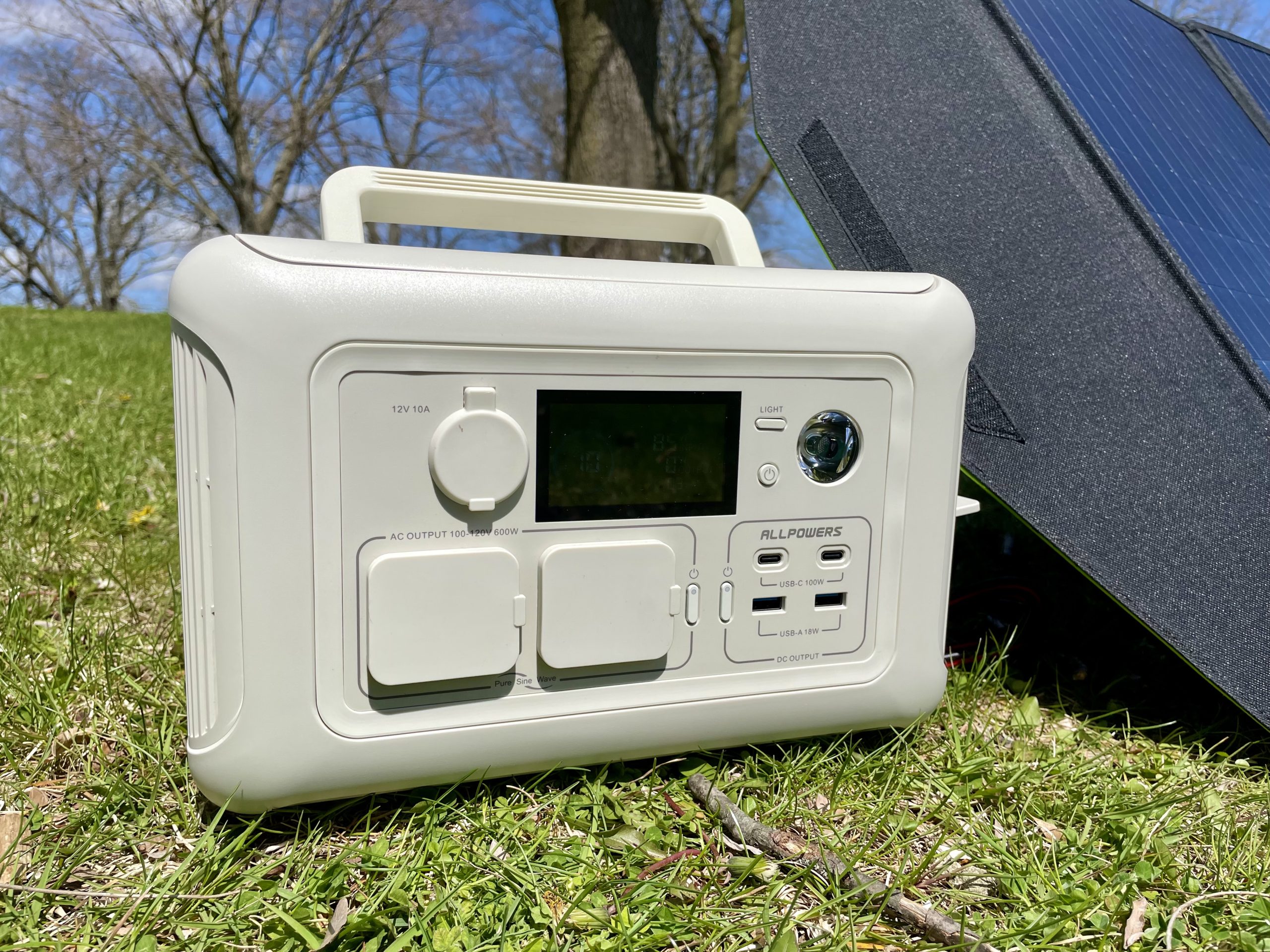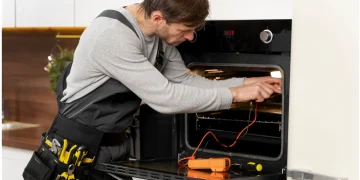Improper Placement Of Boxes
In any given year, thousands of supermarket accidents are caused by boxes or pallets improperly placed in aisles or walkways. These accidents can result in serious injuries, including broken bones, concussions, and even spinal cord damage. In some cases, the injuries sustained in these accidents are so severe that they require long-term care or result in death. Supermarket accidents are often caused by employees who are not adequately trained to place boxes or pallets safely in the aisle. Additionally, many accidents occur when customers try to reach for items placed too high on the shelf. To avoid these accidents, supermarkets must ensure that their employees are appropriately trained and that shelves are not overloaded with an inventory. Additionally, customers should be aware of their surroundings and use caution when reaching for items.
Wet Floors
Wet floors are dangerous in any environment, but they can be especially treacherous in a supermarket setting. The constant flow of shoppers means that somebody is always around to slip and fall, and the shelves crammed with boxes and bottles provide ample opportunity for serious injuries. Refrigerators are one of the most common sources of wet floors in supermarkets, as leaks from condensation can quickly turn into puddles. In addition, temperature changes can cause tiles to crack, creating trip hazards. It is crucial for supermarkets to check their refrigeration units for leaks regularly and to take steps to repair any damaged flooring to help prevent an accident. By taking these precautions, supermarkets can create a safe environment for employees and customers.
Falling Objects From Shelves
According to a recent study, falling objects are the leading cause of supermarket accidents. The study found that an average of two people are injured by falling objects daily. The most common items to fall are canned goods, cereal boxes, and potato bags. These items are often heaviest on the top shelves, which makes them more likely to fall when customers reach for them. In addition, the study found that most accidents occur when people walk through the store aisle rather than standing still. It is because people are more likely to be bumped into by someone else or by a moving shopping cart. The study recommends that supermarkets place heavier items on lower shelves and invest in safety signage to help prevent these accidents. By taking these precautions, supermarkets can help to keep their customers safe from harm.
Poor Lighting Conditions
Supermarkets are full of potential hazards, from slippery floors to boxes that fall from shelves. One of the biggest dangers, however, is poor lighting. Low light levels make it difficult to see potential obstacles, leading to slip-and-fall accidents. In addition, poor lighting can also cause problems with product placement. If customers cannot see what’s on the shelves, they will likely reach for the wrong item. It can result in injuries or even a lawsuit if a defective product hurts someone. As such, supermarkets need to maintain adequate lighting levels to ensure the safety of both customers and employees.







